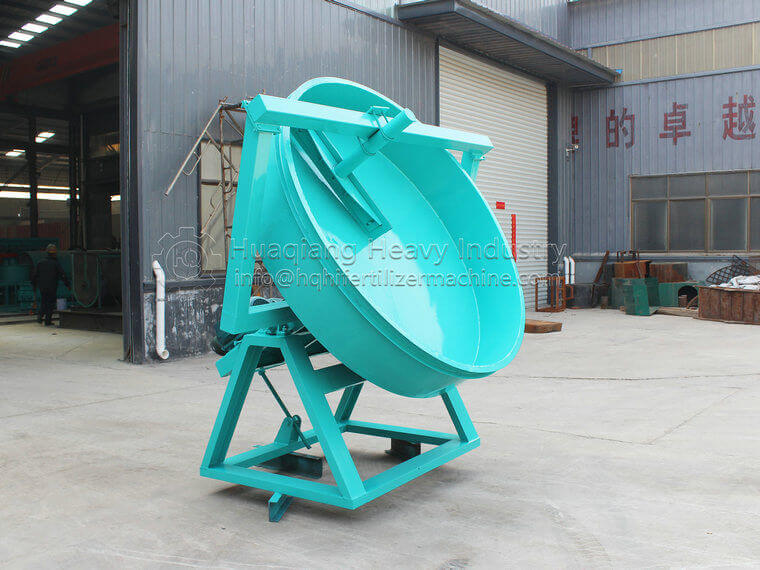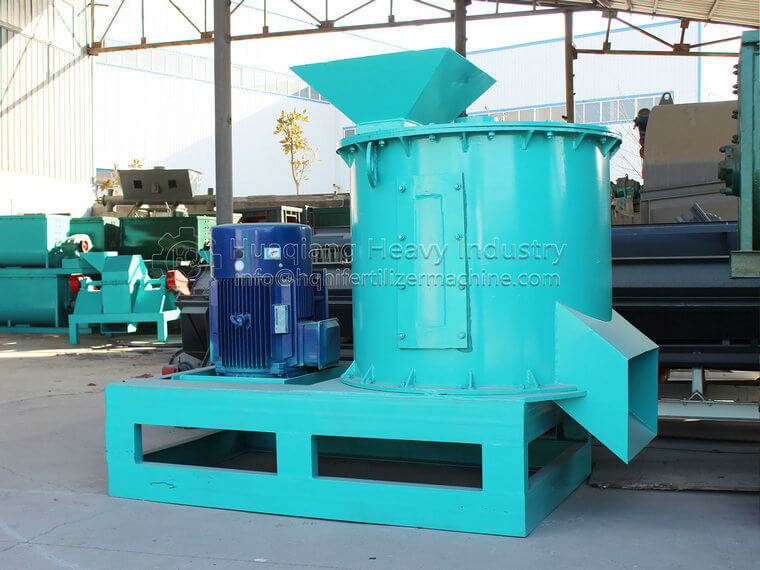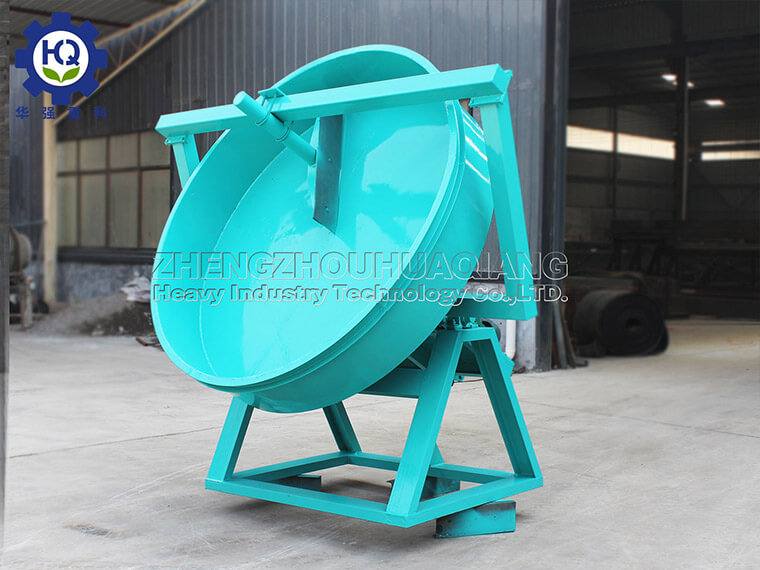The organic fertilizer production line has multiple advantages for agricultural development, mainly reflected in the following aspects:
1. Improve soil quality:
The organic fertilizers produced by the organic fertilizer production line can improve soil structure, increase soil organic matter content, and enhance soil water and fertilizer retention capacity.
Long term use of organic fertilizers can reduce soil compaction, improve soil aeration and microbial activity.
2. Promote crop growth:
Organic fertilizers contain various nutrients required for plant growth, such as nitrogen, phosphorus, potassium, and trace elements, which can meet the comprehensive nutritional needs of crops.
The organic matter in organic fertilizers releases nutrients during the decomposition process, promoting the development of crop roots and enhancing crop resistance to diseases and pests.
3. Environmentally friendly:
The organic fertilizer production line converts agricultural waste into organic fertilizer through fermentation treatment, reducing dependence on chemical fertilizers and lowering environmental pollution caused by agricultural production.
The use of organic fertilizers helps reduce greenhouse gas emissions such as carbon dioxide and methane, and has a positive effect on combating climate change.
4. Promoting sustainable agriculture:
The establishment and operation of organic fertilizer production lines have promoted the transformation of agricultural production methods towards circular economy and sustainable development models.
By recycling and utilizing agricultural waste, we can achieve resource recycling and reduce resource waste.
5. Economic benefits:
The construction and operation of organic fertilizer production lines can create new sources of income for farmers, such as selling organic fertilizers and providing organic fertilizer processing services.
Organic agricultural products usually have higher market value, and farmers can obtain higher profits by producing organic agricultural products.
6. Social benefits:
The promotion and use of organic fertilizer production lines can help improve farmers’ environmental awareness and scientific farming level, and promote the sustainable development of rural society.
Reducing the use of fertilizers can alleviate the economic burden on farmers and improve their quality of life.
In summary, organic fertilizer production lines have played an important role in improving soil quality, promoting crop growth, protecting the environment, promoting sustainable agriculture, bringing economic benefits, and enhancing social benefits, and have a significant promoting effect on agricultural development.
.jpg)

.jpg)




.jpg)
